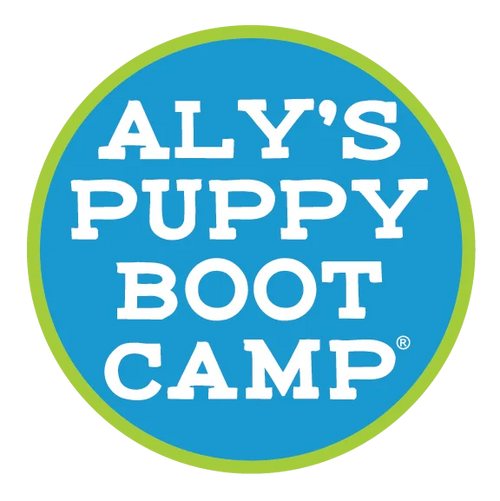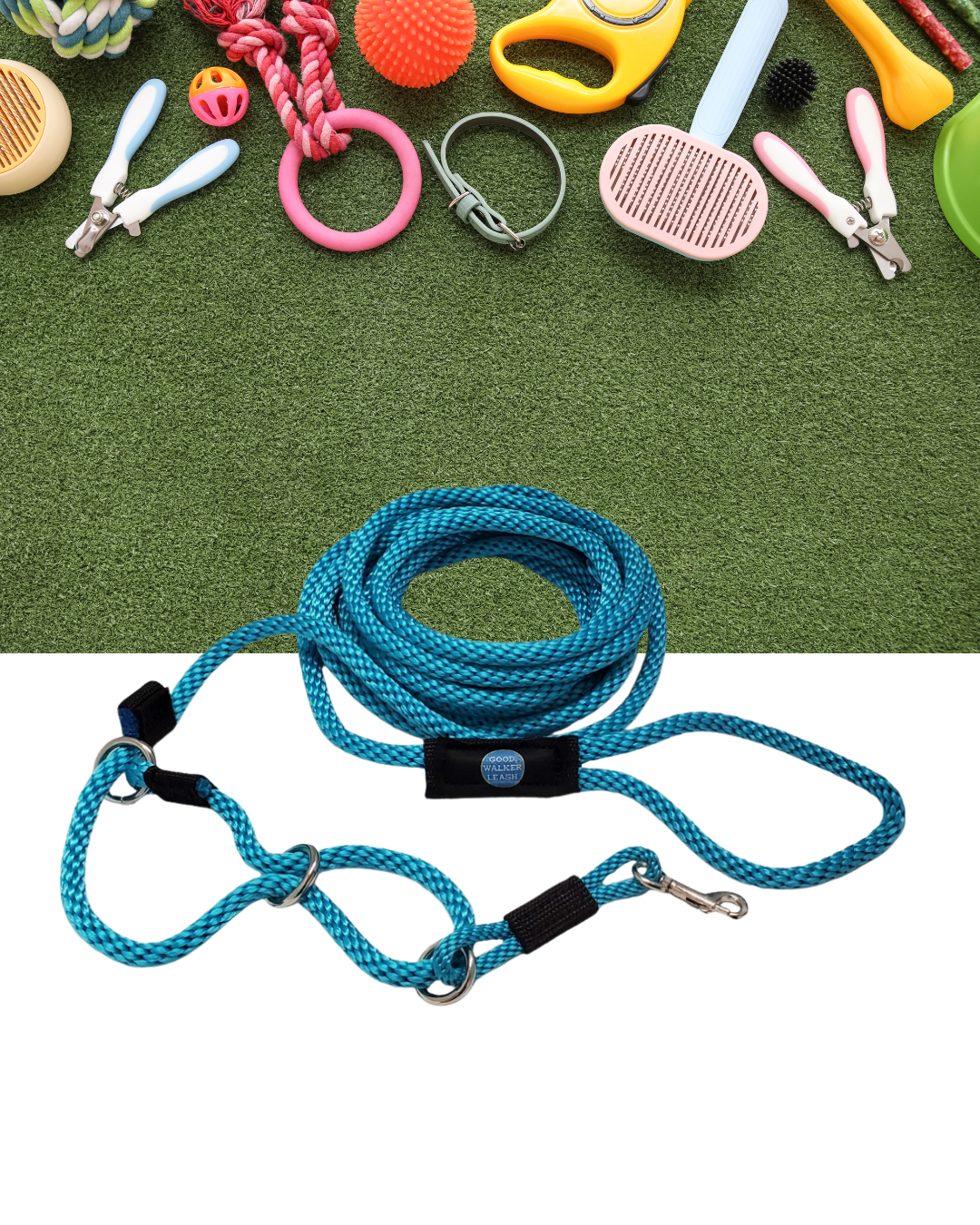Don't Be a Tool Fool: Aly's Honest Guide to Dog Training Tools
Let’s clear something up right out of the gate: tools are not the enemy.
Misused tools? Mishandled tools? Yes, those can absolutely be harmful. But a leash, collar, or e-collar doesn’t do anything by itself. It’s the hands holding them—and the heart leading them—that matter most. There’s a saying in the dog training world: It’s not the tool—it’s the fool. And it’s stood the test of time for a reason.
🛠️ What Is a Tool?
A tool is any implement that helps you do a job. In our case? It’s a piece of equipment that helps guide your dog toward calm, respectful behavior. I’m a balanced trainer, which means I use whatever tool is appropriate for the dog in front of me and the human holding the leash.
That includes:
- Herm Sprenger pinch collar
- Starmark collar E-collar (yes, the electronic kind—more on that soon)
- Chain slip collar
- Martingale Slip-lead
- My Learning Leash with Learning Loop
- Toys & treats
All of these tools can be fabulous—but only in the right hands and with the right conditioning. And yes, brand matters. A cheaply made knockoff collar is like a Pinto trying to be a Mercedes. You might both get from A to B—but how smooth that ride is?
That’s another story.
🤔 Common Questions I Hear “When can I stop using this tool?” “Do I have to use this forever?” Instead of asking when to ditch the tool, ask yourself this: Why wouldn’t you use something that helps you communicate better with your dog? Sure, you can walk barefoot—but wouldn’t you rather wear shoes?
Tools can absolutely fade over time—but only if you’ve put in the reps on the real issues: manners, space respect, obedience, inside and outside the house. The more consistent you are? The less you need the tool. “That tool looks harsh!”
My answer? You probably haven’t been shown how to use it well. That’s not judgment—it’s just the truth. With proper timing, clear leash pressure, good body language, and a soft touch, most tools become an extension of your communication—not a correction stick.
🖐️ Aly’s Top Tips for Leash Handling Before we get tool-specific, let’s talk leash. Because you can’t use any tool well if your hands are all over the place.
Here’s how I teach it:
- Thread your thumb through the leash loop
- Fold the leash like a butterfly in your hand
- Keep leash coming out by your pinky, not wrapped around your wrist
- Arms low by your sides (think pocket level)
- When standing still, place foot on the leash or brace it at your belly.
- That sweet spot of slack? About 20–24”.
Enough for comfort, not enough for chaos. Want to up your game? Practice leash handling tied to a doorknob like a training dummy. Slide hands, manage slack, and find the pressure-release sweet spot. Yes, this takes practice—but so does anything worth doing well.
🕰️ Timing + Pressure = Communication Before yanking a leash or fiddling with a tool, know your angles: Head to 12 o’clock = Sit Pull toward 9 = Turn left Pull toward 3 = Turn right Apply pressure gently and directly, then release the instant your dog complies. The release is the real praise—it tells your dog, "You got it right."
🧰 Aly’s Favorite Tools (and When to Use Them) Pulling & Strong Dogs: My Learning Leash with Learning Loop. Start by conditioning it with treats, and if your dog resists, calmly sit them down and release pressure. Wait. Try again. Need help? I’ve got a full training video inside Aly’s Insider Community.
Dogs That Ignore, Jump, or Are Nose-Obsessed: The Herm Sprenger or Starmark collar. Hinged tools like these evenly distribute pressure and work well when fitted properly—right under the ears. Watch those two-inch gaps!
Puppies: I start with my Learning Leash (no loop). It’s a classic slip lead. Leave enough play in the lock (about 3 fingers), so it can function properly.
🔑 Aly’s Final Take There’s no perfect tool—only the right tool for you and your dog. And listen, what I can do with a piece of twine and string cheese might not be your jam.
That’s okay! Timing, leadership, soft hands, and crystal-clear communication are what make the tool work—not the tool itself. So don’t be a tool fool. Be a thoughtful handler.
And if you need help figuring out what works best? We offer 1:1 sessions via Zoom or FaceTime. We’ve got your back.



